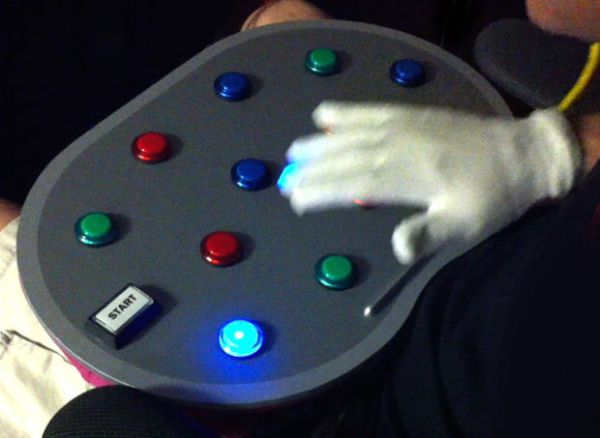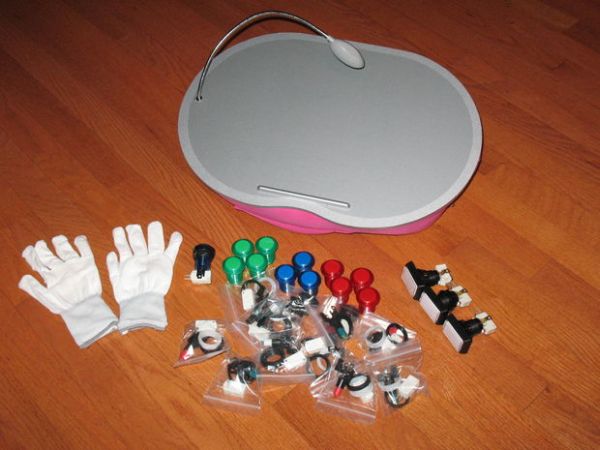The Need: Occupational Therapy Device
Occupational therapy is used in treating Traumatic Brain Injury during many phases of recovery and rehabilitation. As the patient’s condition improves, occupational therapy helps them regain skills ranging from basic self-care, to complex cognitive skills such as memory and problem solving.
Occupational therapy can be helpful for individuals of all ages.
Source: http://www.head-trauma-resource.com/occupational-therapy.htm
According to numerous studies, many physical therapies incorporate repetition of movement in a patient with neurological delay/damage (head trauma, stroke, nerve damage, etc.) This can stimulate the brain to make new neural connections that will circumvent the damaged part of the brain.
This Instructable documents the design/construction of a table-top Occupational Therapy Device that requires patients to use cognitive/spatial reasoning skills together with the use of the hands/fingers in a repetitive, engaging session.
Things that you and I take for granted require a great deal of effort for someone with a head/spine injury!
The Concept:
The user wears a glove on each hand that has red, blue, and green LED lights on each finger tip. The gloves are wired to the lap-table which has light-up buttons with the same three colors. As the exercise is started, a LED on one of the fingertips and a matching color button on the table will illuminate. The goal is to use that finger to touch the lit button, which turns it out. As each light is turned out, another combo is illuminated at random. The exercise can be counted/timed to track progress.
The exercise uses hands, fingers, and cognitive skills to equate the correct color and corresponding muscle reflex.
Hand-eye coordination is the ability of the vision system to coordinate the information received through the eyes to control, guide, and direct the hands in the accomplishment of a given task, such as writing or catching a ball (in this case, identifying matching color sets and directing the correct muscles to actuate)
Reclaiming fine motor skills in an affected hand, after a paralytic stroke, requires determination, repetition, and innovative physical therapy.
The Occupational Therapy Device was constructed using mostly off-the-shelf items! Let’s get started!
Step 1: Obtaining the Parts
Off-the-shelf items were used when possible to make sourcing cheaper/easier.
A laptop lap table was used to house all the components. This one was purchased for $20 delivered from ebay.
The buttons used on the table are 12 volt arcade style (momentary on) There are four each of red, green, and blue in the design. A start button was also added. The buttons were all purchased on ebay for about $2 each.
The white gloves are the type you might see at a Rave/concert. They have integrated LED lights on the fingers. We will bypass their electronics later. These were purchased from ebay for $12.
The brains of the device:
Arduino UNO: http://www.sparkfun.com/products/9950
Mux Shield: http://www.sparkfun.com/products/9832
Various other items used in the construction were tools, wire, soldering equipment, etc).
Let’s move on to building the table top!
Step 2: Construction of the table top
First, find the zippers on the back of the table and open them. Carefully remove the stuffing (save it for later reassembly). You may have to remove a staple or two to get to it all.
Once your table is accessible from the back, insert a piece of scrap wood to act as a drill stop.
Mark the face of the table where you want your switches to be.
Using a 15/16″ drill, make the holes (make sure you don’t hurt the backside of the fabric.
Install the arcade buttons and screw on their locking collars on the back side.
For more detail: Occupational Therapy Dexterity/Cognitive Aid


